A Compelling Example Of How Technology Can Help Build Communities
Planit crowdsources community planning & encourages users to be involved in planning & design of projects, neighborhoods, and social spaces.
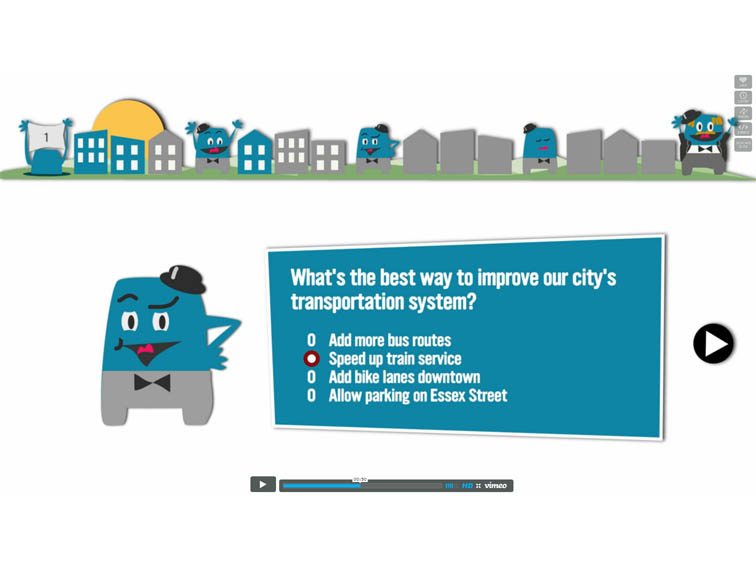
Planit crowdsources community planning & encourages users to be involved in planning & design of projects, neighborhoods, and social spaces.
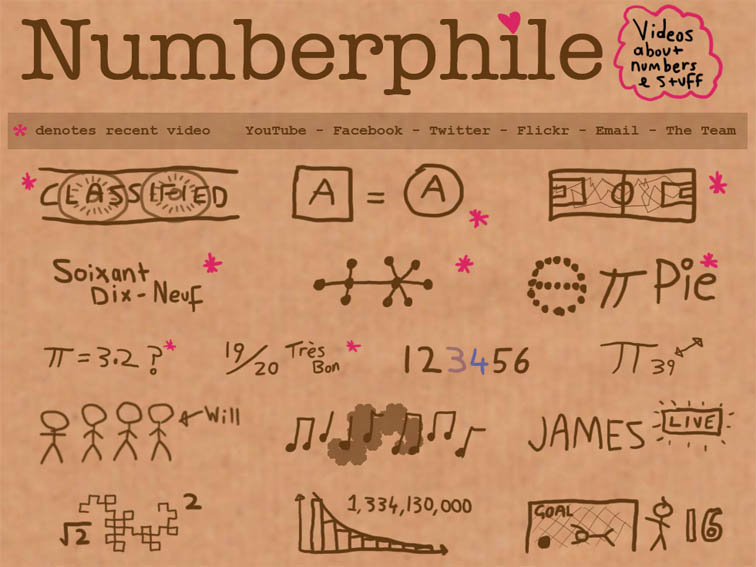
The best resources for teachers supporting students who think they hate math may not get better than Numberphile .
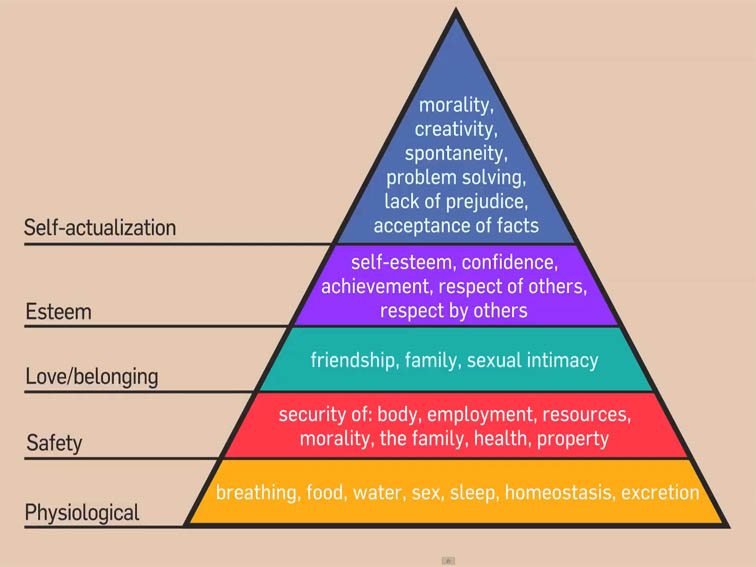
“A voluntary attempt to overcome unnecessary obstacles.” That’s one very dry, but interesting way to describe play. The role of play in learning–given the chance–is incredible–both in intensity, duration, and impact everything else connected to the brain. The video below takes a look at play through the lens of games (along with a perhaps distracted two…
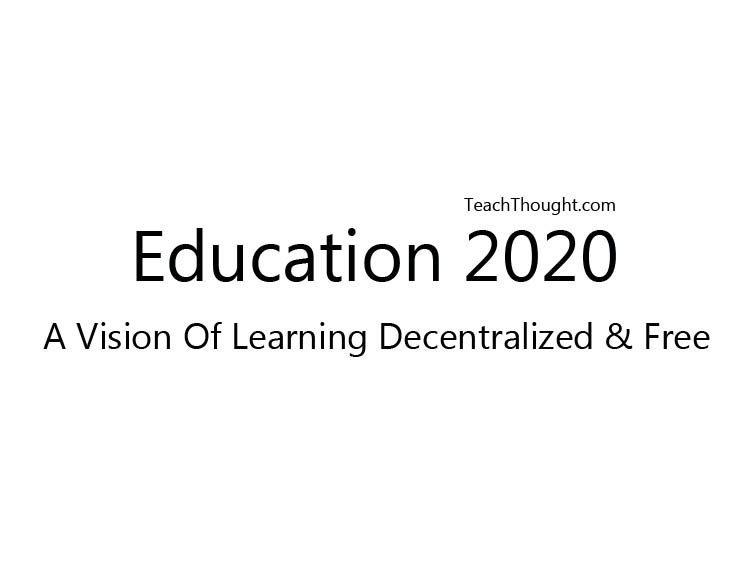
I wrote (theorized? hypothesized? guessed?) the incredible ways technology will change education by the year 2028. It was based on current trends in education (e.g., eLearning and blended learning), society (e.g., economic downturns and population growth), and technology (faster, smaller, more connected everything). The following video from Masternewmedia.org has a similar goal of predicting the future of education…
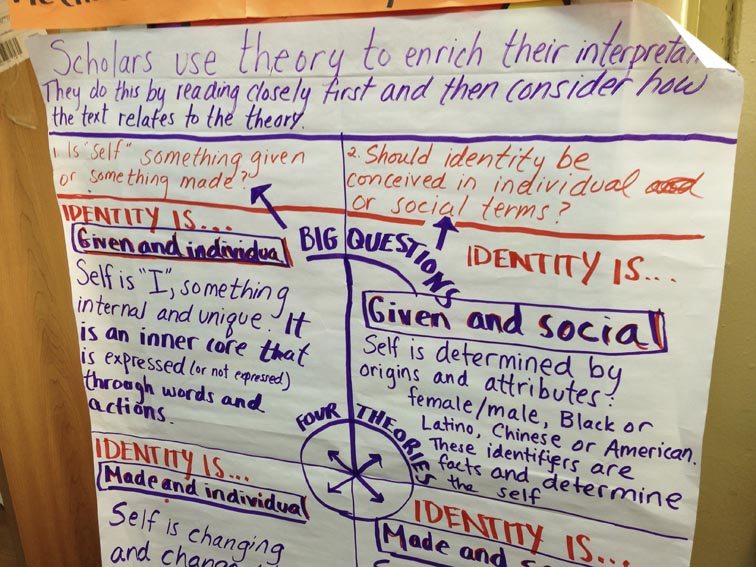
Although most teachers are given loose parameters for their curriculum, including certain areas that must be mastered in time for testing, there is some leeway within these criteria for educators to create their own, unique lesson plans. Unfortunately, it can be difficult to come up with creative lessons and activities that are both fun and…
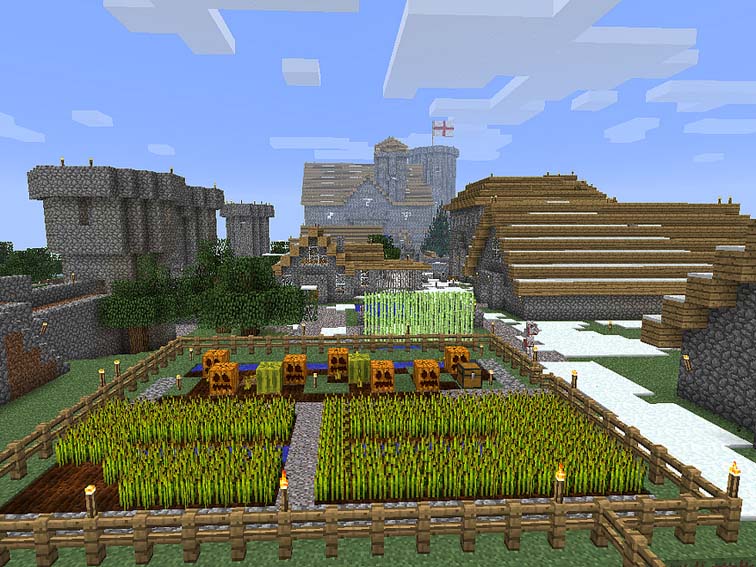
What Would A School Designed For Your Brain Look Like? by Judy Willis, M.D., M.Ed Have you ever imagined your ideal school? For me, it is one where brain research truly informs learning structures. Walking through such a school, I might find: Instead of desks in neat rows and bells moving students at regimented intervals from…
What Are The Best Digital Tools For The Flipped Classroom? Hafsa Wajeeh, dtopgadgets Have you “Flipped your classroom” yet? The flipped classroom is a useful technique that has moved lectures out of the class, and onto digital media. In doing so, teachers can drastically increase interaction time with their students. It also creates two unique learning…
by Scott McGinty In today’s culture, students often come to the classroom with an attention span of a goldfish. They need new things to entertain them almost instantaneously. So how do you get a student’s attention for more than 5 minutes? You give them something entertaining to look at, something that they’re used to. With…
What Simple Artifacts Can Promote Inquiry-Based Learning? contributed by John Barell, morecuriousminds The University of Pennsylvania Museum of Archaeology and Anthropology has an exciting department, the Artifact Lab, that can serve as a model for inquiry and inquiry-based learning. Among other examples, curators show us how they prepare mummies for exhibitions. One object that arouses my curiosity is…
Do you ever look back and realize for days, perhaps weeks, you have heard a recurring theme in your conversations? Through social media sharing–in your tweets? In your thoughts? Sharing is the concept I have had circling around my head, like stars in a cartoon knock out. I was discussing a concept that a Twitter…
The planning period is an interesting thing—time when you’re still very much on the clock and in demand, but might’ve mentally scheduled phone calls to parents, gathering data for your PLC, or finally grading all of those On-Demands. This may cause you to be a bit defensive of this time, avoiding other teachers, not answering…
by Justin Marquis, Ph.D. Simply put, things happen faster now than they ever have in the past. Everything, except education, that is. Why is it that in an incredibly fast-paced world, where access to information is instantaneous, schools can’t keep up? A Fundamental Disconnect Outside of the classroom students expect instant results or instantaneous feedback…
End of content
End of content